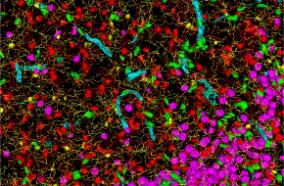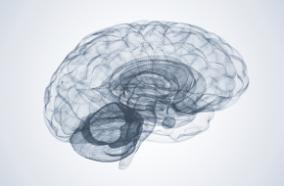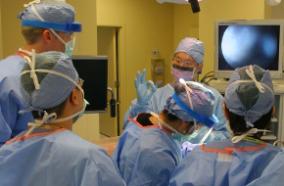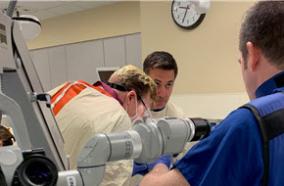Timing of cranioplasty: a 10.75-year single-center analysis of 754 patients.
Timing of cranioplasty: a 10.75-year single-center analysis of 754 patients.
J Neurosurg. 2018 06;128(6):1648-1652
Authors: Morton RP, Abecassis IJ, Hanson JF, Barber JK, Chen M, Kelly CM, Nerva JD, Emerson SN, Ene CI, Levitt MR, Chowdhary MM, Ko AL, Chesnut RM
Abstract
OBJECTIVE Despite their technical simplicity, cranioplasty procedures carry high reported morbidity rates. The authors here present the largest study to date on complications after cranioplasty, focusing specifically on the relationship between complications and timing of the operation. METHODS The authors retrospectively reviewed all cranioplasty cases performed at Harborview Medical Center over the past 10.75 years. In addition to relevant clinical and demographic characteristics, patient morbidity and mortality data were abstracted from the electronic medical record. Cox proportional-hazards models were used to analyze variables potentially associated with the risk of infection, hydrocephalus, seizure, hematoma, and bone flap resorption. RESULTS Over the course of 10.75 years, 754 cranioplasties were performed at a single institution. Sixty percent of the patients who underwent these cranioplasties were male, and the median follow-up overall was 233 days. The 30-day mortality rate was 0.26% (2 cases, both due to postoperative epidural hematoma). Overall, 24.6% percent of the patients experienced at least 1 complication including infection necessitating explantation of the flap (6.6%), postoperative hydrocephalus requiring a shunt (9.0%), resorption of the flap requiring synthetic cranioplasty (6.3%), seizure (4.1%), postoperative hematoma requiring evacuation (2.3%), and other (1.6%). The rate of infection was significantly higher if the cranioplasty had been performed < 14 days after the initial craniectomy (p = 0.007, Holm-Bonferroni-adjusted p = 0.028). Hydrocephalus was significantly correlated with time to cranioplasty (OR 0.92 per 10-day increase, p < 0.001) and was most common in patients whose cranioplasty had been performed < 90 days after initial craniectomy. New-onset seizure, however, only occurred in patients who had undergone their cranioplasty > 90 days after initial craniectomy. Bone flap resorption was the least likely complication for patients whose cranioplasty had been performed between 15 and 30 days after initial craniectomy. Resorption was also correlated with patient age, with a hazard ratio of 0.67 per increase of 10 years of age (p = 0.001). CONCLUSIONS Cranioplasty performed between 15 and 30 days after initial craniectomy may minimize infection, seizure, and bone flap resorption, whereas waiting > 90 days may minimize hydrocephalus but may increase the risk of seizure.
PMID: 28799868 [PubMed - indexed for MEDLINE]



















